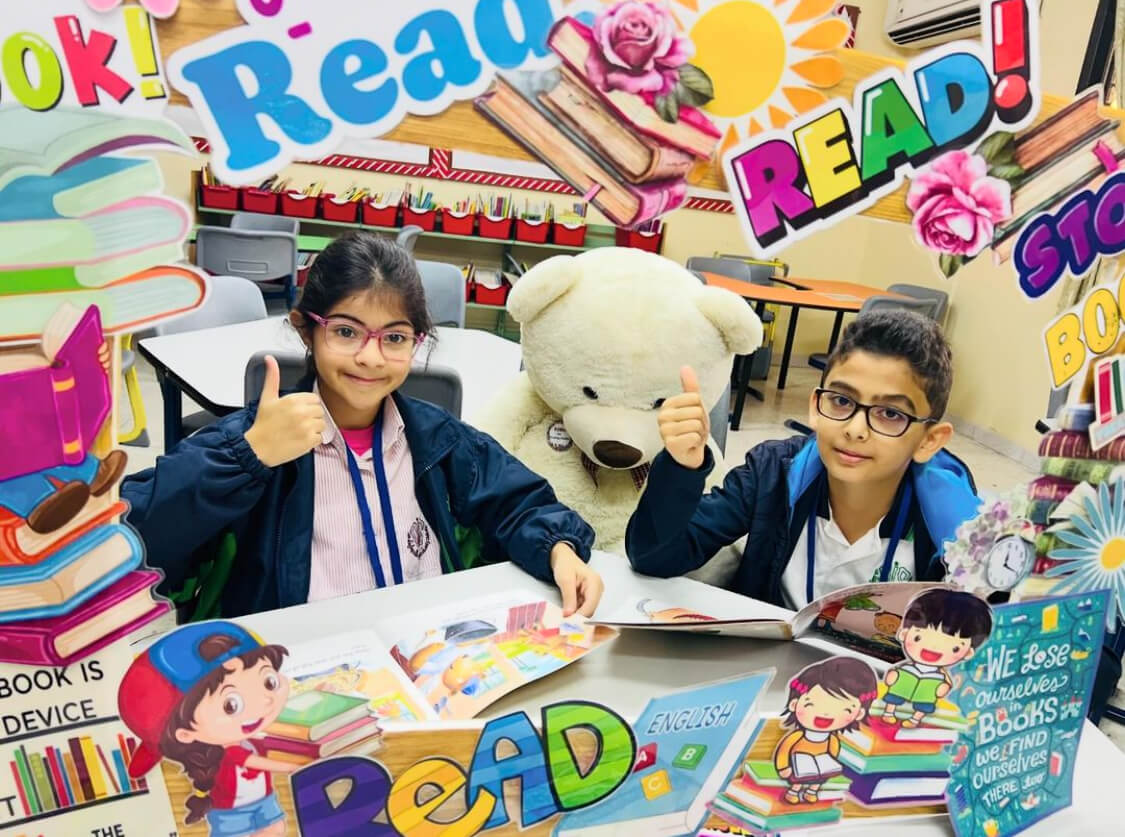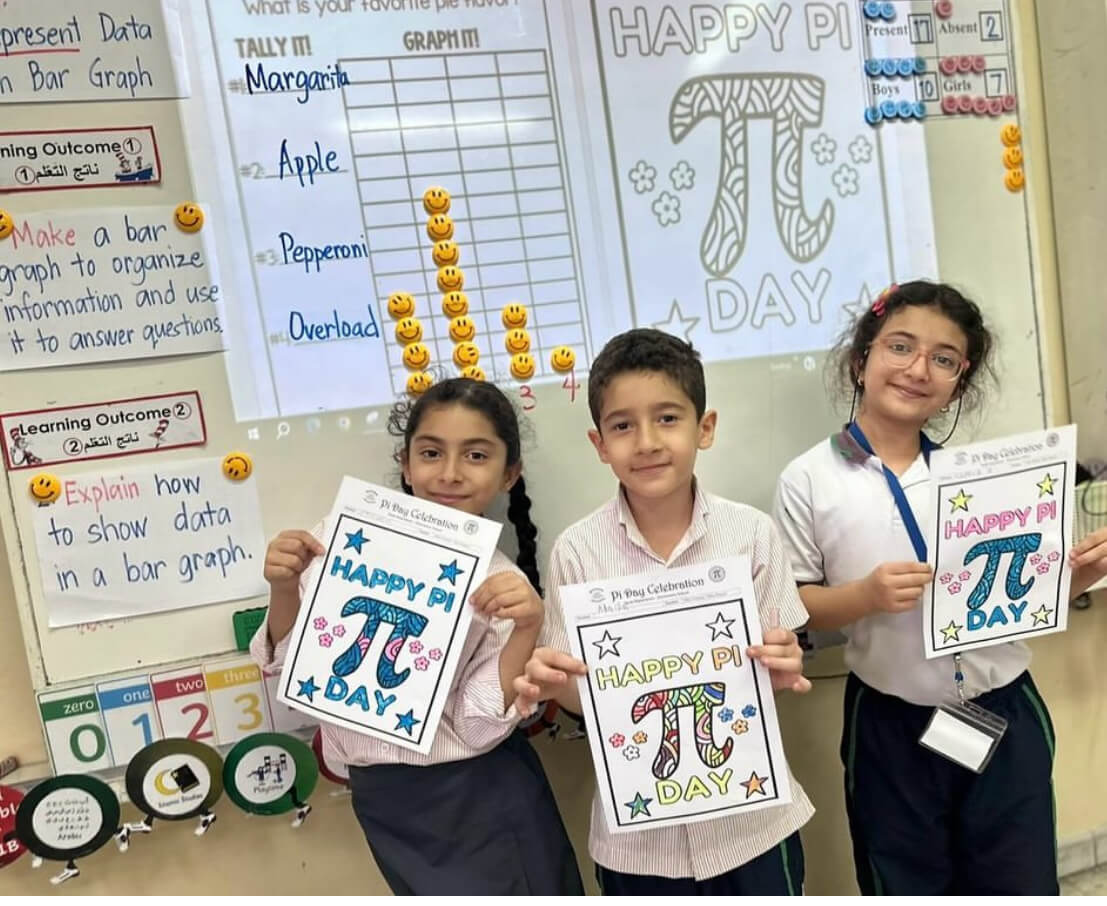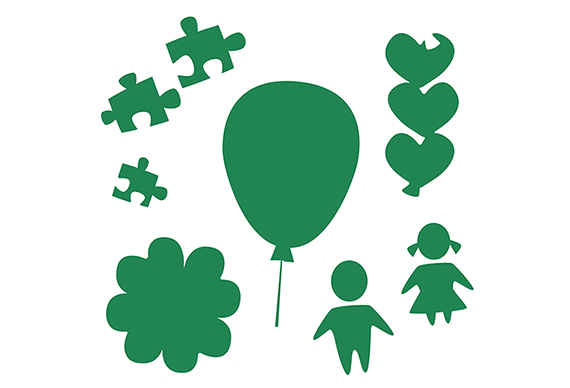Levels of send support at DIPS-G by Division
Kindergarten and Elementary Schools
Tier 1: Focus Students
Definition: Students who are moderately or slightly below grade level expectations and who require some level of differentiation or accommodation for academic, behavioral, or social/emotional concerns.
Description of Support: Each Tier 1 student receives a Focus Report, which is a summary document that describes (1) the challenges a student is experiencing, (2) recommended strategies for addressing challenges in the classroom and at school, and (3) recommendations for the parents and students outside of school. In KG, Tier 1 students may, at the discretion of the SST, receive an Action Plan, which is less formal than a Focus Report and outlines specific accommodations in addition to differentiation strategies the teacher might use in the classroom. When the strategies in an Action Plan do not work, the SST then develops a Focus Report for the child.

At the end of the academic year, all Focus Reports will be reviewed. Parents are informed that the Focus Report will be communicated to the child’s next teacher. This information will also include suggested strategies and practices parents should encourage over the summer.

Tier 2: Learning Support Students
Definition: Tier 1 support has not been enough for these students, and they are still behind grade level expectations. These students require additional, concentrated support from learning support teachers due to academic challenges or skills deficits.
Description of Support: Tier 2 support for students takes the form of both pull-out groups and push-in support within the classroom. Classroom teachers, Learning Support staff, the counsellor, and parents of the Learning Support student communicate regularly about student progress. Tier 2 students can exit from the Learning Support Program when their skills progress and they no longer require services.
Learning Support Reports (LSRs) are developed for all children who are without formal documentation of a specific diagnosis that would qualify them for Tier 3 and an Individual Educational Plan (IEP).
Tier 3: Formally diagnosed SEND Students
Definition: Tier 2 support has not been enough for these students and the SST recommends that parents seek a formal assessment (Psycho-Educational Report) from outside professionals to better identify the nature of the student’s learning differences. When this outside documentation indicates the presence of learning difficulties, an Individual Educational Plan (IEP) is developed for the child.
Description of Support: The Educational assessment is provided to the school by the parents, or by the outside agency. A meeting is held with all concerned parties, including the classroom teacher, parents, the counselor, learning support teacher, administrator, and the student. An IEP is created using the information in the report and goals are agreed upon. The strategies are implemented by responsible parties. A follow up meeting is scheduled periodically to review the student’s progress or to make necessary changes to the IEP.

Middle and High Schools
Tier 1: Focus Students
Definition: Students who are moderately or slightly below grade level expectations and who require some level of differentiation or accommodation for academic, behavioral, or social/emotional concerns.
Description of Support: In the Middle School, Tier 1 students are referred to the counselors by teachers or parents who have a concern. These students are monitored by teachers, counselors, and parents as needed. Through monitoring and data gathering, a level of support is decided upon. Possible Tier 1 support includes (1) subject-specific support, (2) in-class teacher support, and/or (3) counselor support.
In the High School, information is gathered on students of concern through classroom assessment, collective teacher reports, current and past academic performance, and past standardized test results.
Tier 1 students may have social/emotional, behavioral, or academic needs for which subject teachers, learning support teachers, and counselors provide strategies for the students to utilize in class. Tier 1 students receive periodic academic progress reports which teachers and counselors closely monitor. Parents are notified and meetings are arranged if the student’s behavior or academic work is not showing improvement. Counselors, administrators, and learning support teachers track the student’s Grade Point Average (GPA) each semester. Those students who fall below a 2.00 GPA are automatically placed on the Focus List under the title of “Academic Probation.” If a student is on academic probation a letter is sent home from the principal’s office at the end of each semester.
Tier 2: Learning Support Students
Definition: Tier 1 support has not been enough for these students, and they are still behind grade level expectations. These students require additional, concentrated support from learning support teachers due to academic challenges or skills deficits.
Description of Support: In the Middle School, students are scheduled to meet regularly with our learning support staff or counselors to receive ongoing academic support. This can take the form of “pull out” in the MS learning support classroom. It can also take the form of “push in” support, whereby learning support staff team-teach within an inclusive setting. A letter outlining our support program is sent home to parents. Tier 2 students are closely monitored through online progress reports which are available to parents and reviewed by counselors.
In the High School, Tier 2 students are scheduled to meet every other day for an 80-minute block with learning support staff in the HS Writing Center to receive academic support or to participate in our peer tutoring program. Additional time can be scheduled in the Writing Center if deemed necessary by the counselor or learning support teacher. Learning support teachers closely monitor Tier 2 students who are scheduled in the Writing Center, and progress reports are generated for parents. Tier 2 students are exited from the Writing Center as their skills progress and they no longer require the services.
Tier 3: Formally diagnosed SEND Students
Definition: Tier 2 support has not been enough for these students and the SST recommends that parents acquire formal documentation (Psycho-Educational Report) from outside professionals to better identify the nature of the student’s learning differences. When this outside documentation indicates the presence of learning difficulties, an Individual Educational Plan (IEP) is developed for the child.
Description of Support: The Educational assessment is provided to the school and parents by the outside agency. An IEP is developed, based upon the Psycho-Educational Report, and goals are identified. A meeting to review and finalize the IEP is scheduled with all concerned parties, including parents, counselors, learning support teachers, administrators, and students. Strategies are implemented by responsible parties and monitored by SEND teachers. A follow up meeting is scheduled periodically to review the student’s progress or to make necessary changes to the IEP. The same process is followed for social-emotional and behavioral students monitored by counselors.



